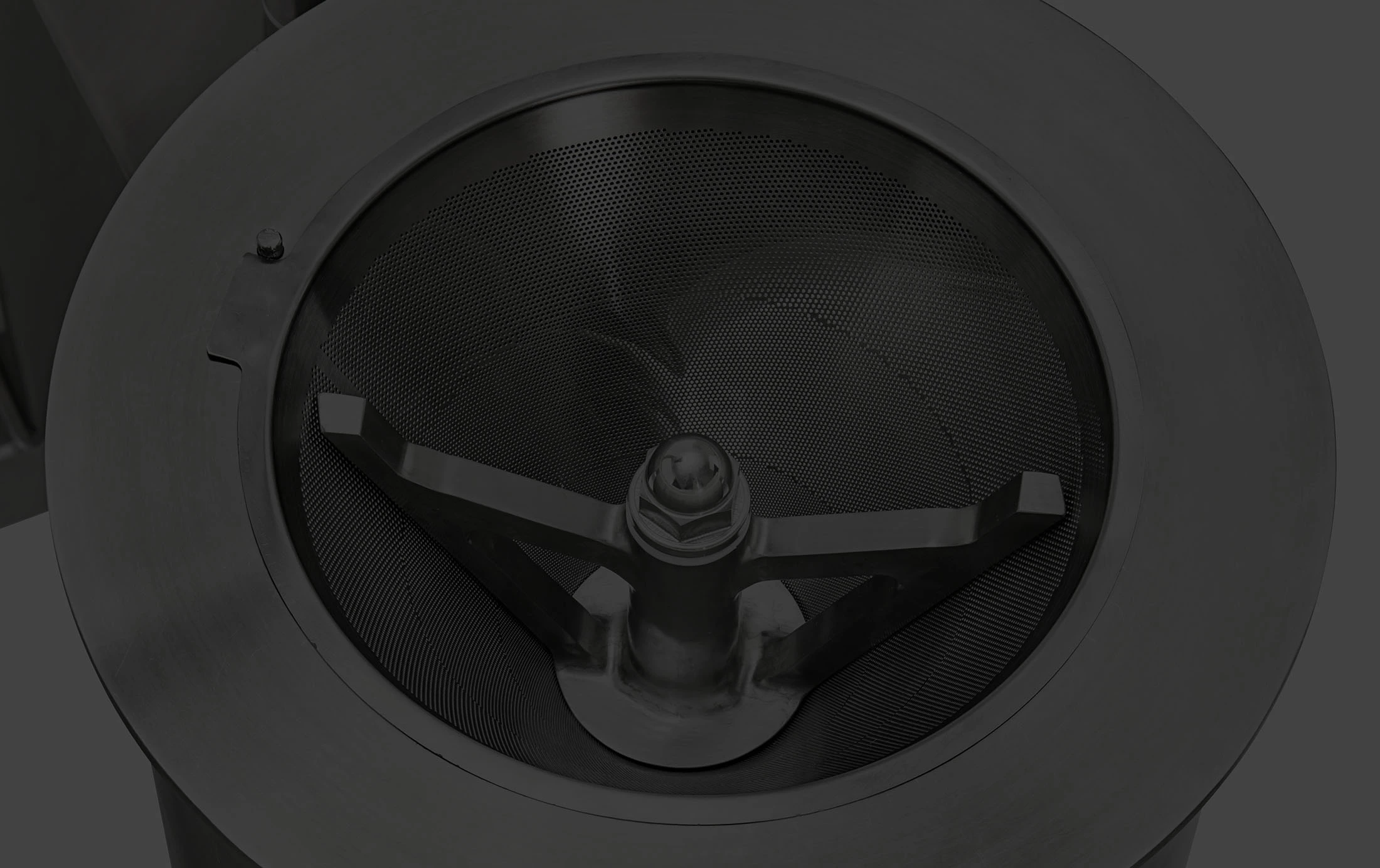Pharmaceutical product development necessitates validation at various points in the lengthy — and costly — formulation-design process. Drug product generated during the initial laboratory-scale phase is consumed by First-Time-in-Man clinical trials, conducted on a limited number of subjects. Much of the cost goes to stability studies and analytical tests. Laboratory-scale drug products may also be used for the investigation and evaluation of critical quality attributes (CQAs).
Pharmaceutical Validation of Pilot Scale Batches
If the compound in question continues to demonstrate tolerability, safety and efficacy then dosing trials may begin. Again, this requires an order-of-magnitude increase in production. Ultimately, assuming safety and efficacy remain as expected, production must progress to pilot-scale batches, followed by production-scale batches. Pilot-scale batches are typically used in the process development and optimization phase. Ten percent of eventual production-scale batch size is typically produced at this phase, for oral solid-dose forms. Production-scale batches reflect amounts that will be generated during the standardized pharmaceutical manufacturing process.
Of course, scaling up smoothly, by a factor of up to 1,000, presents certain technical challenges. It’s essential that the drug product produced in minuscule amounts exhibit the same properties, behaviors and characteristics as the product produced during much larger production-scale runs. At various points during the scale-up process — from small laboratory-scale batches to full production-run batches — process optimization in pharmaceutical manufacturing studies and quality assurance testing is typically done to ensure that scale-up will not affect quality and/or efficacy.
Decisions regarding the use of any excipients are investigated during early phases. How they affect the delivery, route of administration, bioavailability, dosage and other characteristics of the final product is determined. All of these data are used to optimize the eventual commercial production process. Parameters that are discovered to have an effect on final CQAs, known as critical process parameters (CPPs), must be identified and their acceptable ranges delineated.
In recent years, process engineers have increasingly turned to single-use, modular and continuous manufacturing technologies to improve efficiency and minimize scale-up and technology transfer challenges in the pharmaceutical industry. Some of these innovations are being driven by updates instigated by the FDA. The changes are needed; especially in the already aging biopharmaceutical sector of the industry, where original processes are often overly complex, and are characterized by inefficiency, and occasionally, inherent unpredictability.
The Right Pharmaceutical Equipment for Your Scale-up Process
Of course, at virtually every step along the challenging journey from new drug product concept to commercialization, it’s extraordinarily helpful to work with the optimal pharmaceutical processing equipment. The goal is clear: to mass-produce a product that is exactly the same as the original formulation, regardless of the volume generated.
According to FDA’s Scale-Up and Post-Approval Changes (SUPAC) guidelines, the entire scale-up process must be validated every time the process is scaled-up by a factor of at least 10. As noted earlier, the path from laboratory-scale batches to production-scale batches typically involves factors of 10 — or even 100 times or more — initial amounts.
The characteristics of the manufacturing equipment used, including power, speed and size, may influence outcomes significantly. It should be obvious that beginning — and finishing — with consistent equipment that has been certified by its manufacturer as adept at smooth scale-up facilitates the development process, and provides for the enhanced efficiency and success of the scale-up process.
Lab Milling Equipment Designed for Scalability from Start to Finish
Among other factors, the use of pharmaceutical equipment that excels at yielding tightly controlled particle size distributions (PSDs) — whether in laboratory-scale batches or much higher production-scale batches — is vastly superior to the use of incompatible equipment at various stages of production and development. If technologies differ from lab-scale to pilot to production then these machines cannot be relied upon to deliver predictable, consistent scale-up parameters.
At Quadro Engineering, we’re proud to offer the Scalable Lab System™ (SLS), our Laboratory milling & processing platform which features the ability to switch between four heads for five milling solutions in a matter of seconds.
With the SLS, formulators have the ability to narrow down the best size reduction technology to achieve the desired PSDs while simultaneously ensuring a smooth scale-up from laboratory benchtop R&D runs to full-scale production. With the incorporation of the SMARTdetect feature – which ensures that each milling head is operated within scalable speeds – technology selected during early trials can be duplicated at production volumes, easily and confidently, with simple operating parameters transfer.

Practical Solutions for Pharmaceutical Manufacturing
Pharmaceutical manufacturing can be remarkably complex. Fortunately, we can offer practical solutions for many of your toughest challenges. If you have questions about your processes, the seasoned experts at Quadro Engineering can help.

